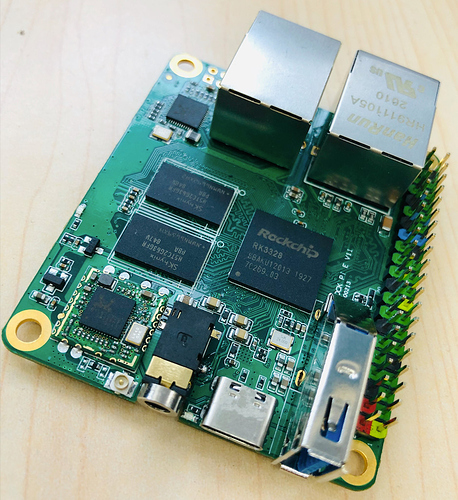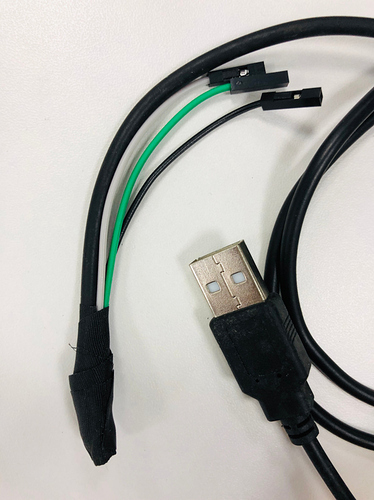Dear community,
I am happy to announce that we now have the ROCK Pi E engineering sample available. We have around 100pcs samples, in two configurations:
- D4W1
- D8W2
The features are following:
- RK3328 Quad A53
- One USB 3.0 A
- One 100M ethernet + one 1000M ethernet
- audio jack
- same eMMC connector as ROCK Pi 4
- uSD card
- micro HDMI for debugging(not available for MP)
- Audio Jack
- Realtek 8723du wifi bt(D4W1) or 8821cu wifi/bt(D8W2)
- USB C for power, 5V/2A
These engineering samples are full functional and to distinguish with MP version, the board color is green.
Software:
Currently ROCK Pi E is running Debian Buster or Ubuntu Server with Rockchip 4.4 kernel.
We are working on the OpenWRT support for ROCK Pi E, the patch for mainline u-boot support is sent some time ago.
If you are an open source software developer, you can reply this thread send me PM or to apply for a free sample. If you want to evaluate ROCK Pi E for your project, you can contact us for the samples.


